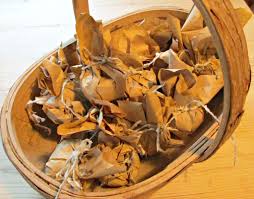3 Ways to Feed a Salamander

Salamanders are fascinating creatures that can make excellent pets for those who appreciate their unique qualities. One of the most important aspects of keeping a salamander healthy and happy is ensuring they receive proper nutrition. In this article, we will discuss three effective ways to feed your pet salamander.
1.Hand Feeding
Hand feeding can be a great way to bond with your salamander while offering them food. This method involves using a pair of feeding tweezers or forceps to hold the food item, and then gently presenting it to your salamander. This method works well with food such as live insects, which are typically preferred by most species of salamanders. Some of the popular insects used for hand feeding include crickets, mealworms, and waxworms.
When hand feeding, it’s essential to be patient and ensure your salamander feels comfortable with your presence. Hold the food item close to their mouth and wait for them to show interest in the meal. Once they recognize the food and understand you’re offering them a meal, they will likely begin to eat regularly using this method.
2.Bowl Feeding
Bowl feeding is another effective way to provide your salamander with proper nutrition without having direct contact during mealtimes. Start by purchasing a shallow dish that is suitable for your salamander’s size. The dish should be easy for your pet to access but shouldn’t allow the food items to escape easily.
Place insect prey or other suitable food items like earthworms into the dish, and position it in an area within the enclosure where your salamander frequents. Be sure to monitor their eating habits and remove any uneaten food after several hours to prevent mold or decay from occurring within the enclosure.
3.Scatter Feeding
Scatter feeding is the process of distributing live insects throughout your salamander’s enclosure to encourage natural hunting behavior. This method works well for more active species that appreciate a chance to explore and hunt for their food.
To scatter feed, release a small number of live insects, such as crickets or fruit flies, into the enclosure. Ensure the prey is appropriate for your salamander’s size and species. This method not only provides nutritional benefits but also allows your salamander to engage in stimulating activity, promoting their overall well-being.
In conclusion, it is crucial to understand your salamander’s specific needs and preferences when it comes to their diet. Hand feeding, bowl feeding, and scatter feeding are all effective ways to provide proper nutrition to your pet salamander. However, each method has its advantages and disadvantages. The key is finding the best method for both you and your salamander, ensuring they receive the nutrition they need while maintaining a strong bond with their owner.






